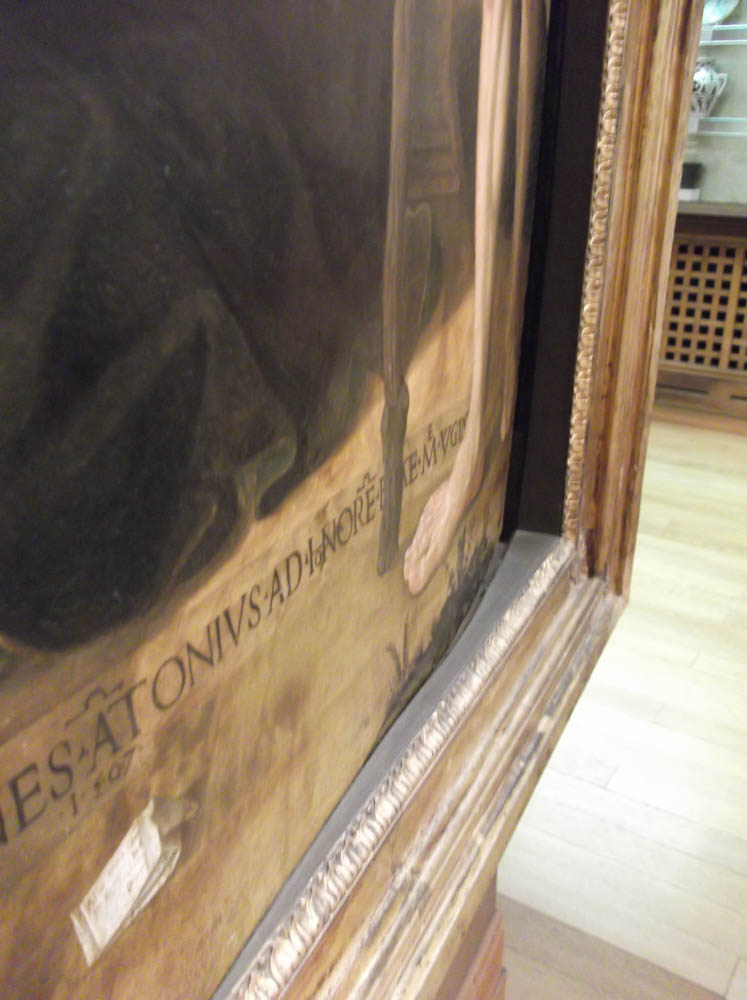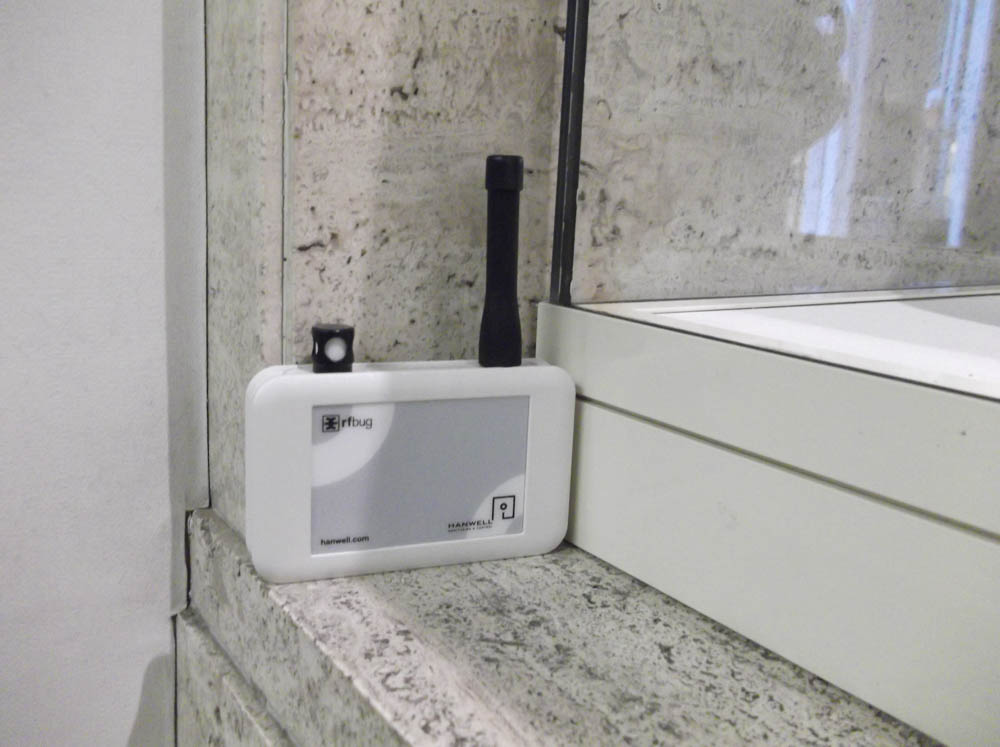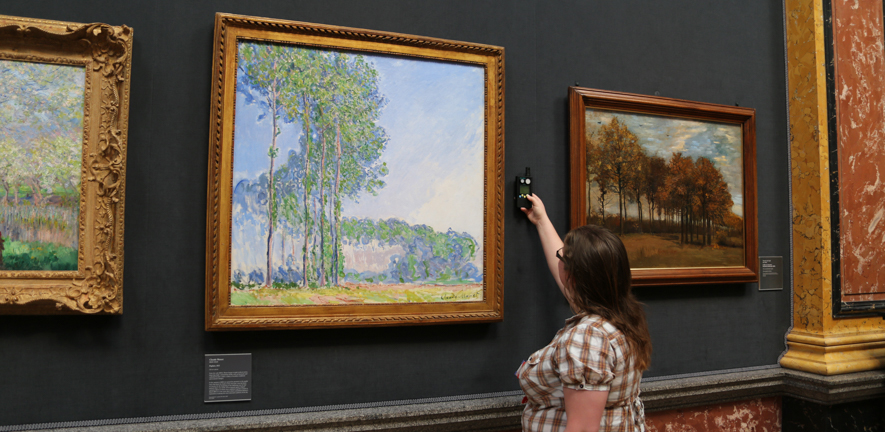No. Well, maybe. It depends.
At the Fitzwilliam Museum, collections are kept in the best environment we can achieve, in order to prolong the lifespan of the objects and artworks; temperature is an aspect of museum management which not only is important for the comfort of visitors, but it also has a huge impact on the collections.
As the temperature remains low over the Winter months, we have to think carefully about how we heat the building.
Why might we pause before turning up the heating? Bear with this brief physics lesson, if you can:
Increased temperature can affect a range a materials, including adhesives, metals and resins. And, while it may not be visually obvious straight away, increasing temperature can increase the rate of deterioration of objects.
Temperature also has a direct impact on relative humidity (RH). RH is the amount of moisture in the air in relation to the temperature, and is given as a percentage. 100% RH means that the air cannot hold any more moisture – this is when you would see water dripping down the walls! The warmer the air, the more moisture it can hold; and if we were to turn up the heat in a room, the relative humidity would decrease causing the air to feel dry.
Organic materials, such as wood, contain water. If the RH of the air is less than the moisture content in the object, then water will start to travel from the object to the air – this is when cracks can (literally) start to appear.

So, if we turn the heating up, we have to introduce moisture into the air using a humidifier to keep the RH at the same level. This will help prevent the objects drying out.
With older objects, there is often more evidence of the changing environments it has encountered, like this panel painting. The wooden panel has curved as a reaction to the humidity levels around it.
At The Fitzwilliam Museum, we have the added complication of working in a Grade I building. The Founders Building dates back to 1848, and there have been several additions since. We have air handling units in some of the more modern galleries, which can control temperature and humidity. But in the older galleries, we can only use heat to control the environment.

We have over 70 environmental monitors in the building, and they help us keep track of the environment in all the galleries and store rooms.
So, when we are asked if the heating can be turned up, we might say ‘yes’ but we have to do a bit of data analysis first.


